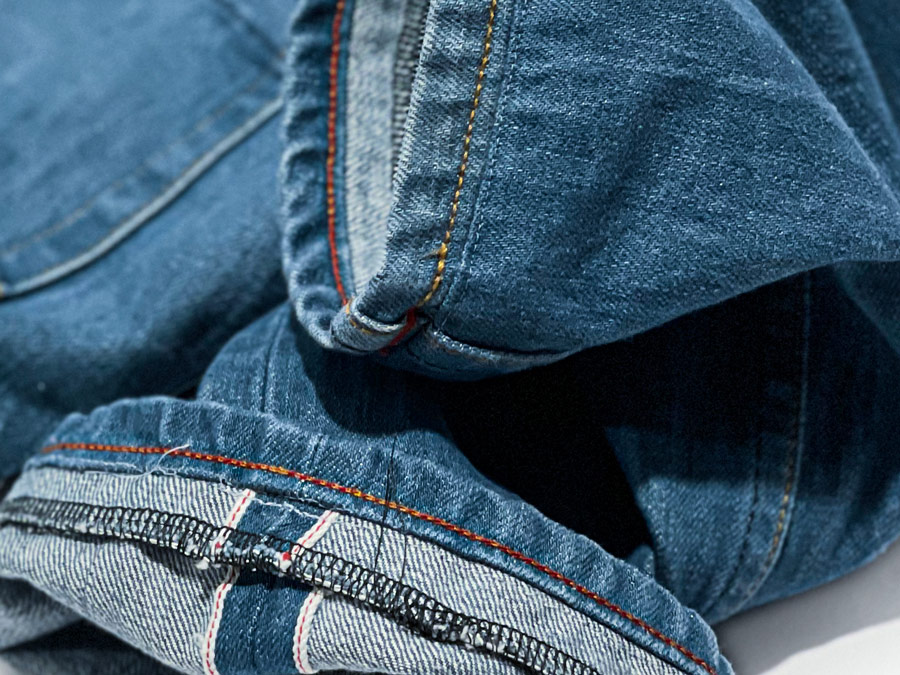Hemming jeans is a common alteration that allows you to achieve the perfect length without sacrificing the original, factory-finished hem. This not only preserves the aesthetic appeal of your jeans but also maintains their durability and value. The technique known as ‘hemming with original hem’ or ‘jeans cuff hemming’ involves shortening the jeans while keeping the existing bottom hem intact. In this comprehensive guide, we’ll walk you through the detailed process in approximately 2000 words.
Step 1: Preparing Your Jeans and Tools
Before beginning the hemming process, ensure you have the right tools and materials at hand. You will need:
- Your pair of jeans
- Pins or clips (such as tailor’s chalk for marking)
- A seam ripper
- A measuring tape
- A sewing machine or needle and thread suitable for denim
- Iron and ironing board
Step 2: Measuring for the Perfect Length
Put on the jeans with the footwear you typically wear them with. Have someone assist you in measuring from the bottom of the jean leg to where you desire the new hemline to fall. Make sure it’s even on both sides and record the measurement.
Step 3: Marking the New Hemline
Take off the jeans and turn them inside out. Use your measuring tape and pins or tailor’s chalk to mark the new hemline all around the leg opening. Be precise and consistent around the circumference.
Step 4: Removing Excess Fabric
Using a seam ripper, carefully open up the inseam stitch about an inch above the original hem. This is where you’ll be folding the excess fabric to create a new hem that hides within the original one. Take care not to damage the original hem.
Step 5: Folding and Pinning
Fold the jeans up along the marked line so that the raw edge is tucked neatly into the space created by the opened inseam. Smooth out any wrinkles and use pins to secure the fold in place. Ensure the original hem still hangs evenly and naturally.
Step 6: Sewing the New Hem
Thread your sewing machine with a strong thread color-matched to the denim. Using a straight stitch or a stretch stitch if your jeans contain elastane, sew the new hem in place, making sure to catch both layers of the folded fabric. Keep the stitching as close to the inner edge as possible to conceal it within the original hem.
Step 7: Finishing Touches
Once you’ve sewn the new hem, remove the pins and turn the jeans right side out. Carefully inspect your work to ensure the stitches are secure and not visible from the outside. Iron the new hem gently, being cautious not to melt any synthetic fibers.
Step 8: Reinforcing Stitch (Optional)
For extra durability, especially if you’re working with heavy denim, consider adding a reinforcing stitch along the bottom of the original hem. This step is optional but can significantly extend the life of your altered jeans.
Conclusion:
Hemming jeans with the original hem is a skill that requires patience and precision, but once mastered, it offers a professional finish that keeps the authentic character of your denim intact. By following these steps, you’ll have a perfectly tailored pair of jeans that look like they were made just for you – preserving the essence of the original design while achieving the ideal fit.
Remember, practice makes perfect, so don’t be discouraged if your first attempt isn’t flawless. With time and experience, you’ll become adept at this valuable tailoring technique, allowing you to breathe new life into your denim wardrobe.
